Discover appropriate forms in Bank standing Order Forms web catalog and effortlessly adjust them online. Have complete control of your forms and ensure document safety and compliance without difficulty.


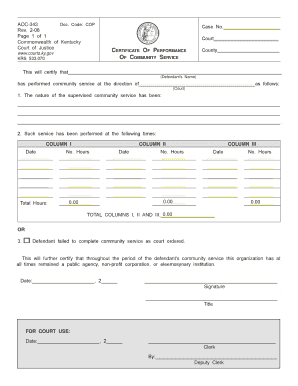
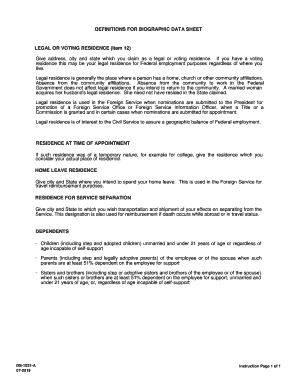

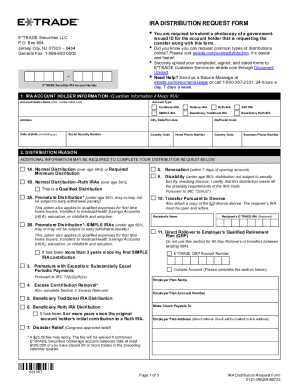
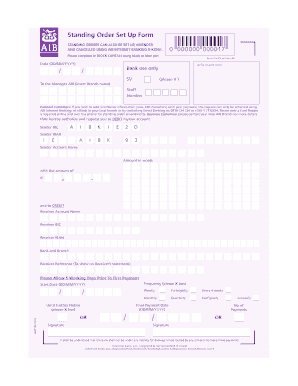

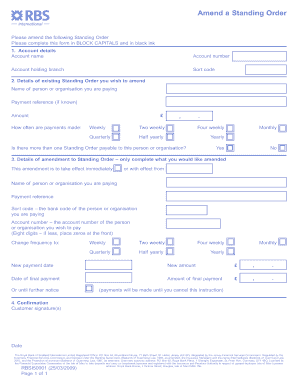
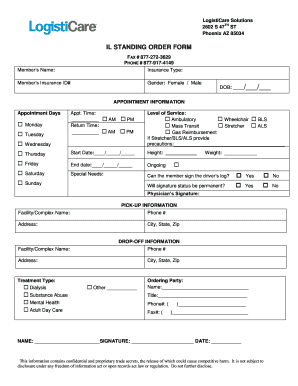

Document administration can stress you when you can’t find all of the forms you need. Luckily, with DocHub's substantial form collection, you can find everything you need and swiftly handle it without switching between applications. Get our Bank standing Order Forms and start working with them.
How to use our Bank standing Order Forms using these basic steps:
Try out DocHub and browse our Bank standing Order Forms category without trouble. Get your free profile today!